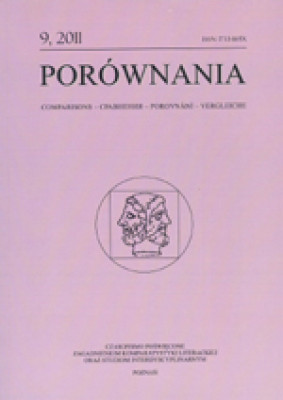The image of Poland and the poles in Hungarian feature films after the change of the political system.
After the fall of communism, the political rules of presenting methods of the allied countries and nations were no longer in force. The filmmakers could make their own screenplays without any constraints. Although in Kadar’s country restrictions where exceptionally soft and directors knew well where the limit of the freedom of expression which could not be crossed is, for a long time films that break stereotypes but also present the true perspective were not made. The tradition of Polish-Hungarian film relations began in the silent picture’s era, when in 1921 Polish Blood, a film about a Polish king was made in Hungary. Since 1990, during more than twenty years of young capitalism in Budapest only few pictures where made about Poland and the Poles. The numbers are not impressive, but it means that in Hungary in that period of more importance were questions from the Hungarian point of view. In fact, Hungarian pictures about Polish-Hungarian relations are not less interesting, on the contrary, they let us see the perspective used to observe our country. While analysing films from more than the recent twenty years we can also see presentations of sentimental and memoir storylines. The stories from the past are coming, some of them are even wartime stories when Poland was background for the important events or Polish citizens can be seen. There are also some unique presentations with magic elements like Miracle in Cracow, Last Blues. It was impossible to avoid politics, which can be seen again in Hungarian movies, in Bolshe vita Polish people are not heroic soldiers from the revolution of Spring of Nations but only the hucksters from the illegal market.
ISSN: 1733-165X
| Article Title | Type | Size |
|---|---|---|
| Porownania 9 01 18 | [pdf] | [529 KB] |
